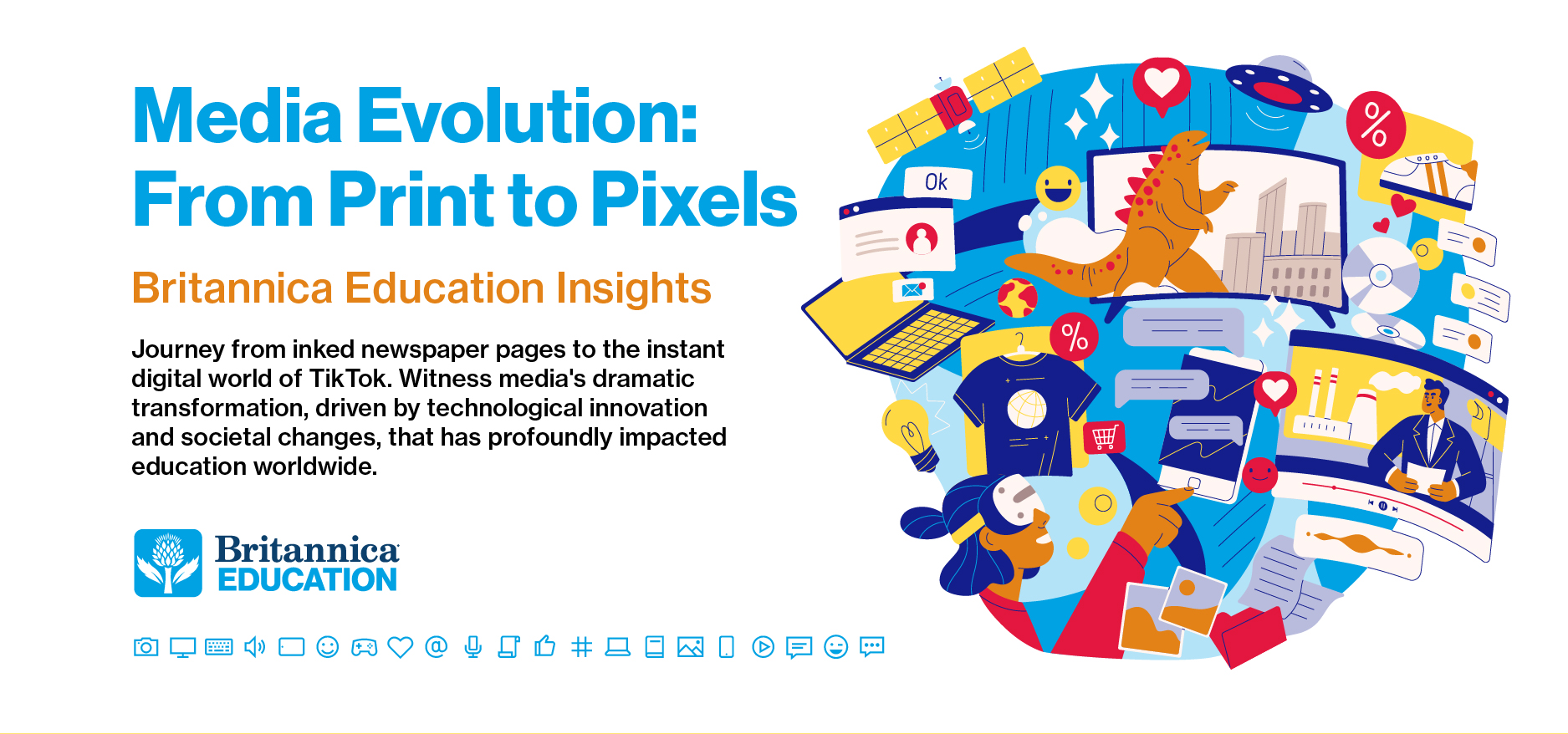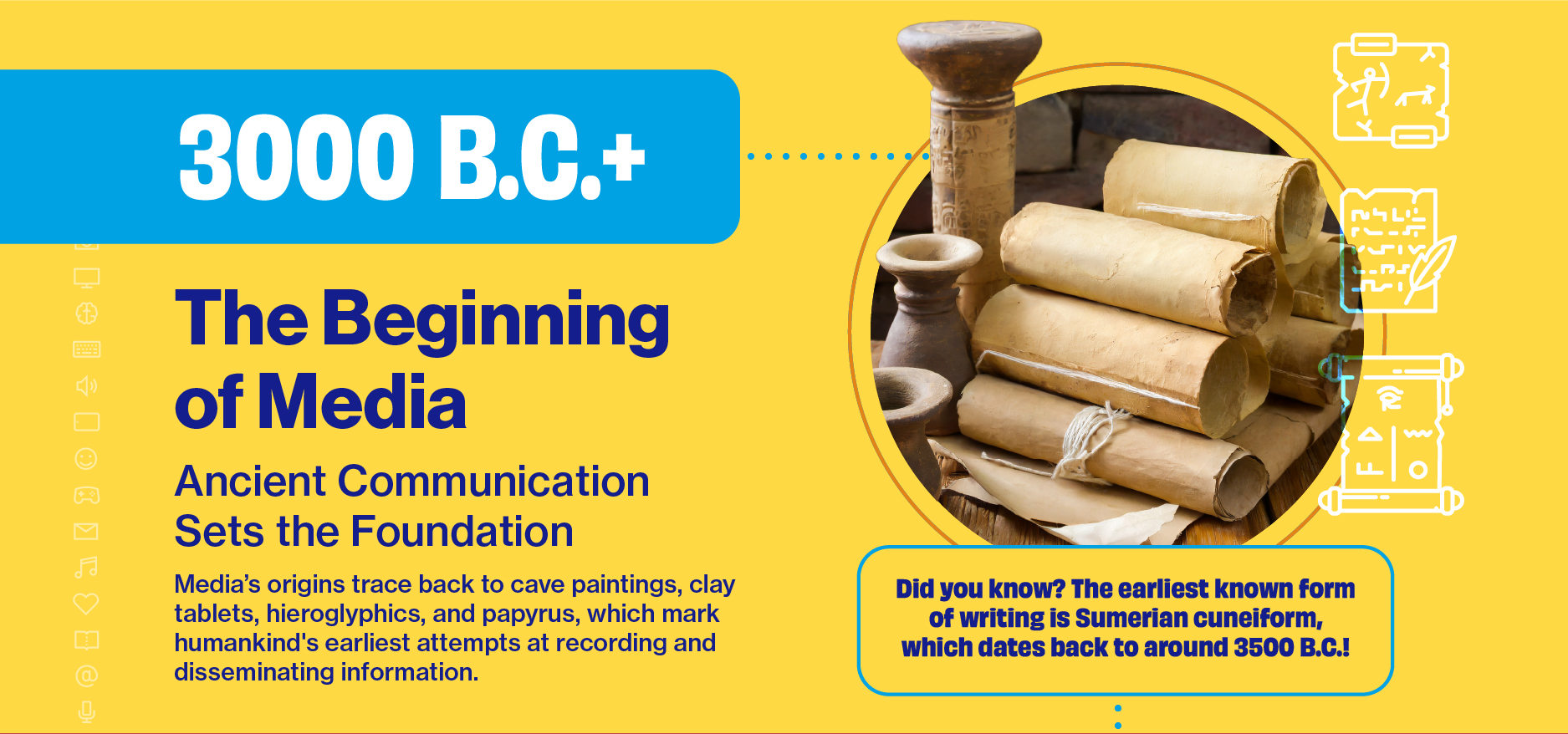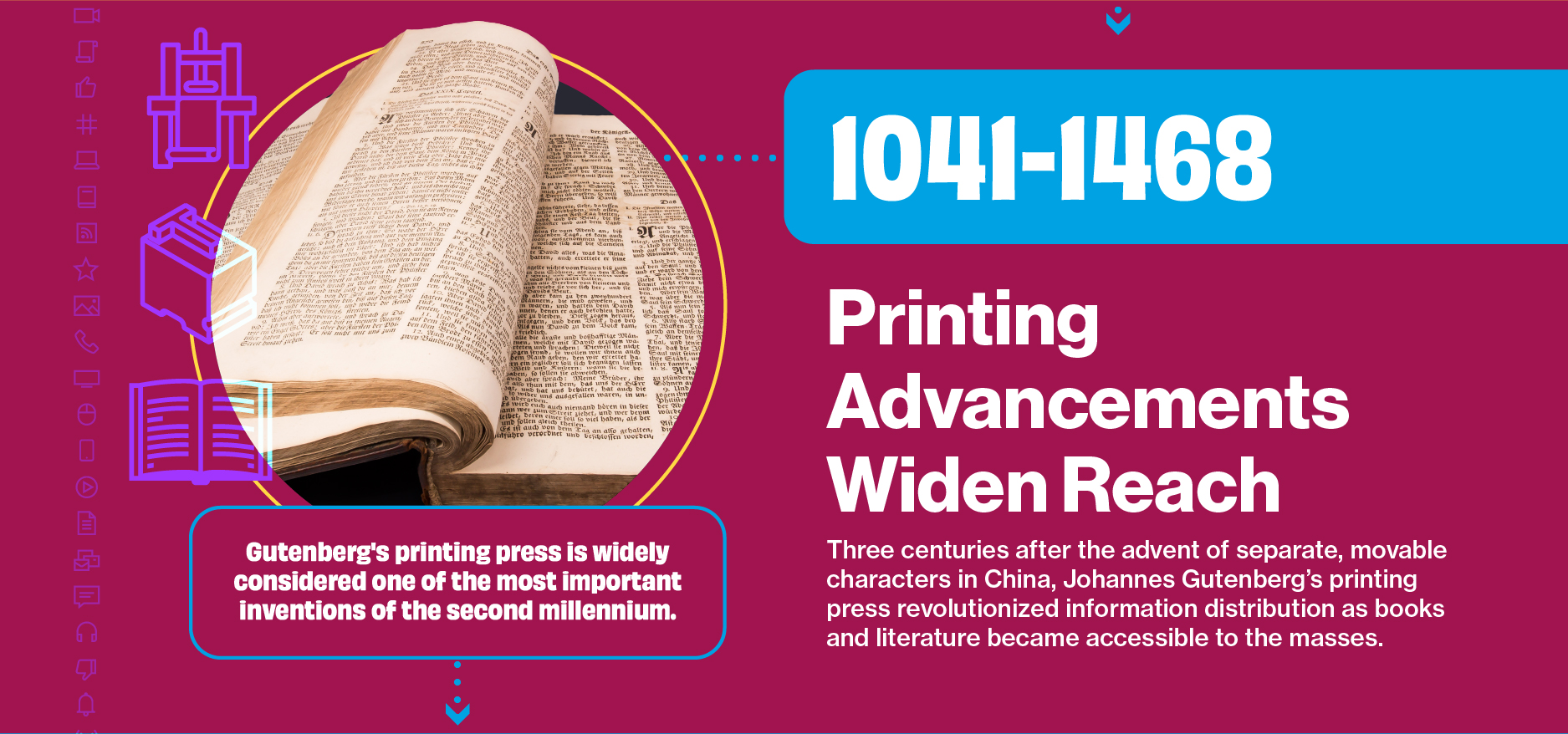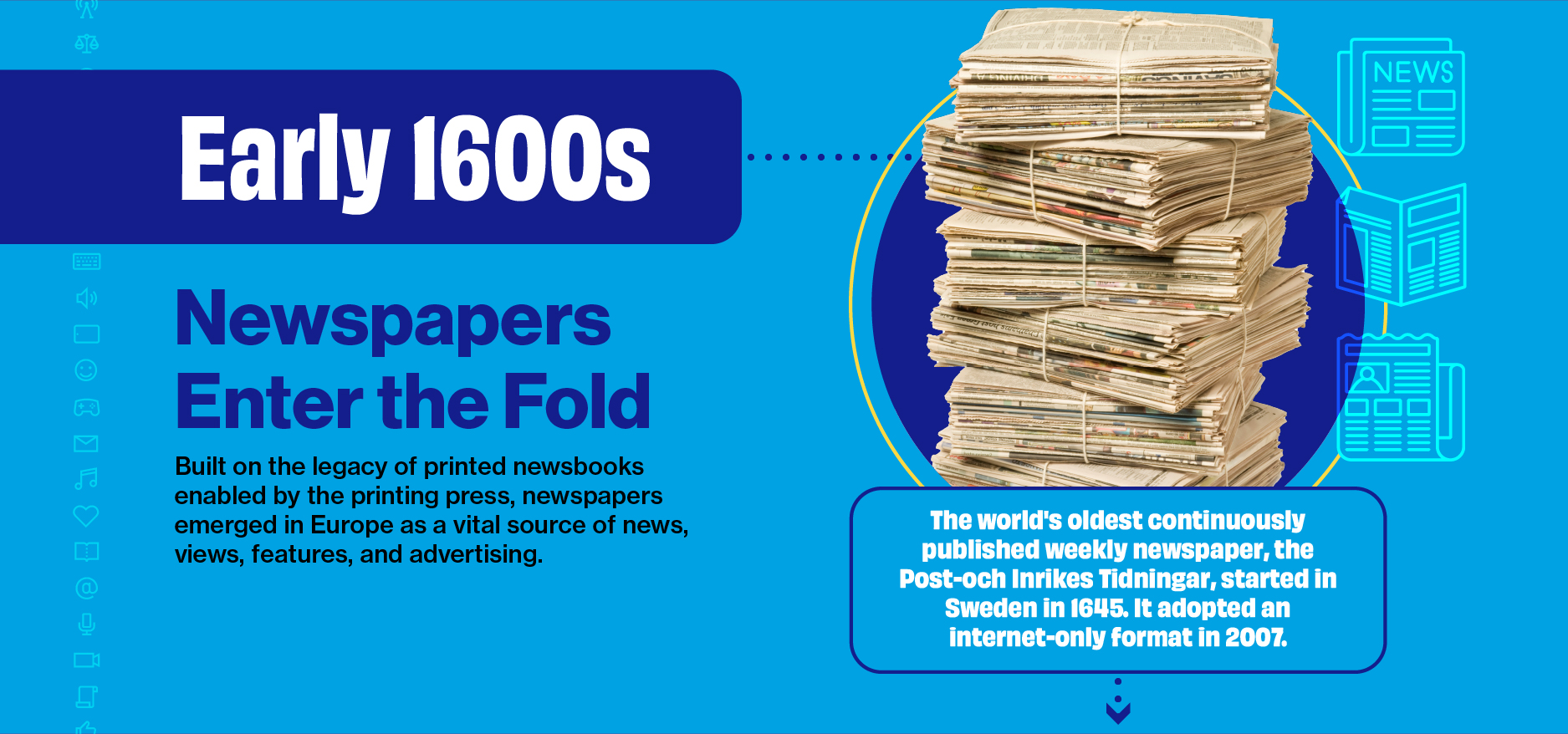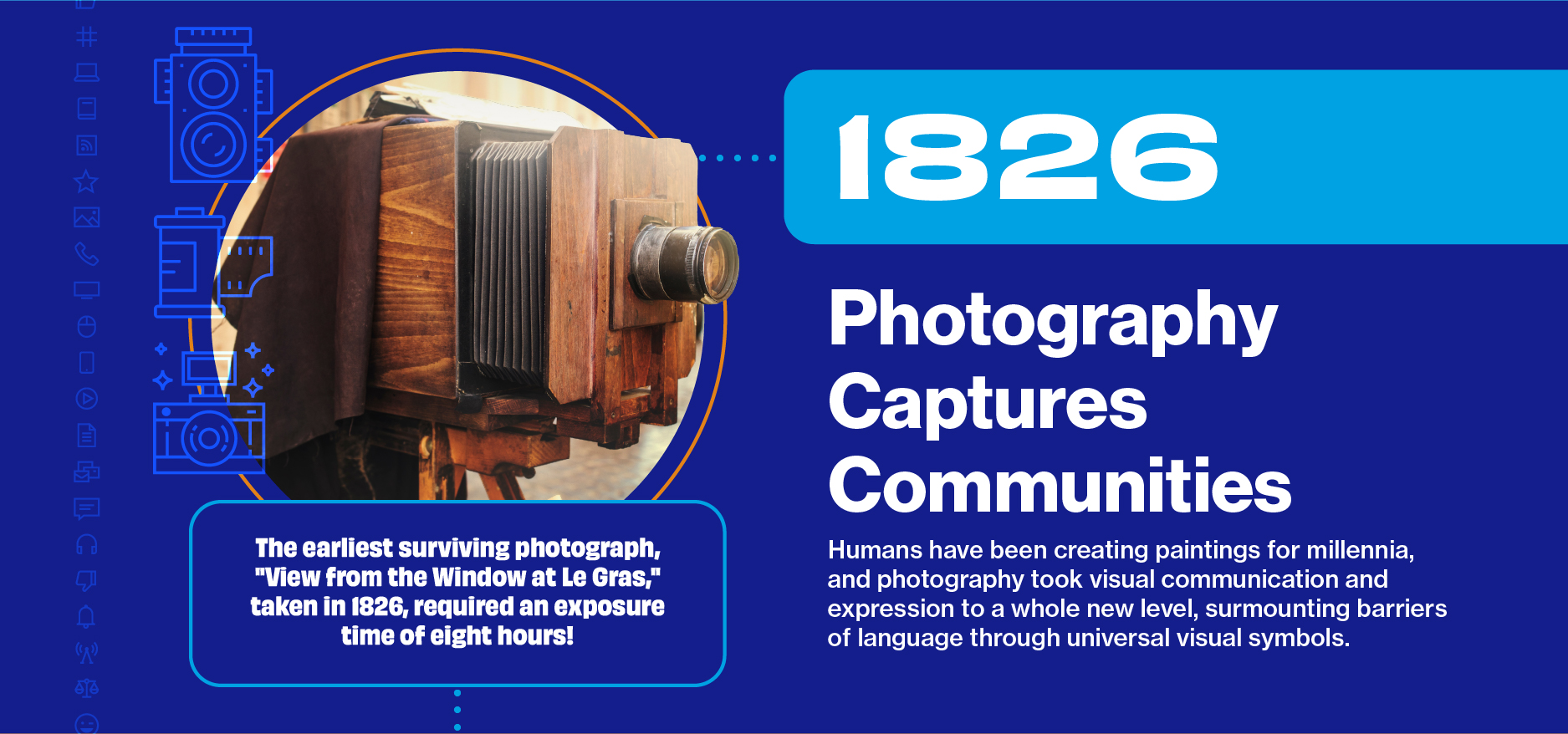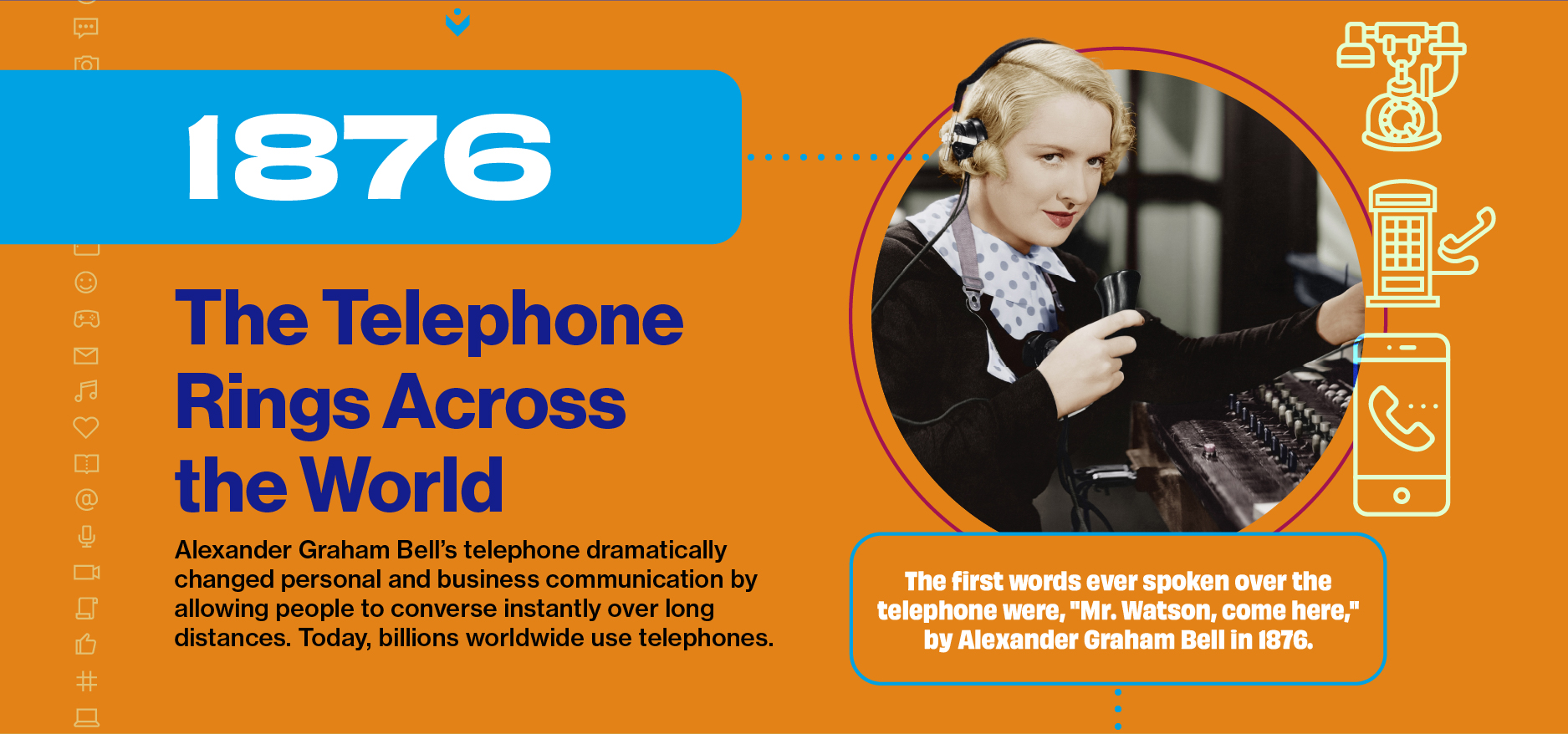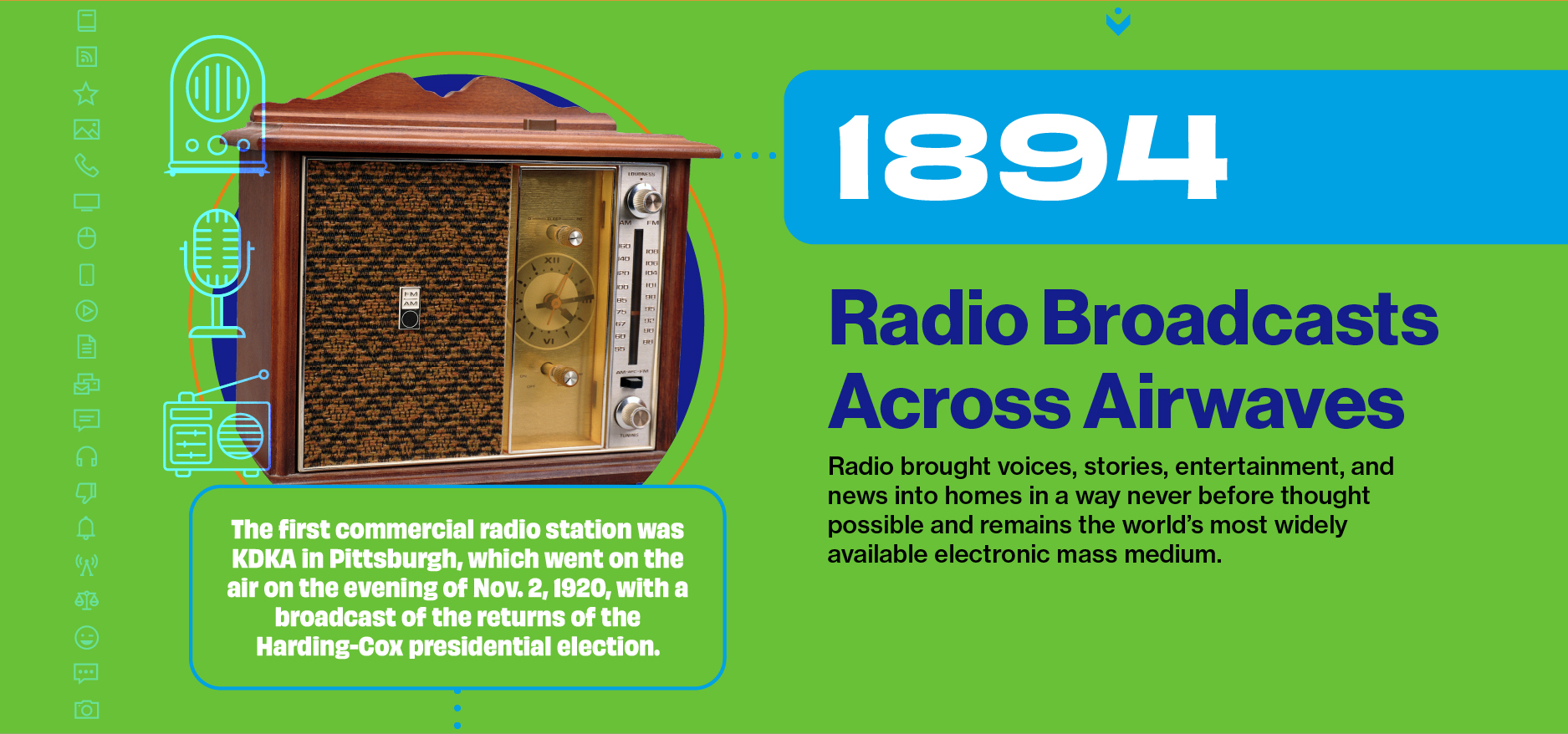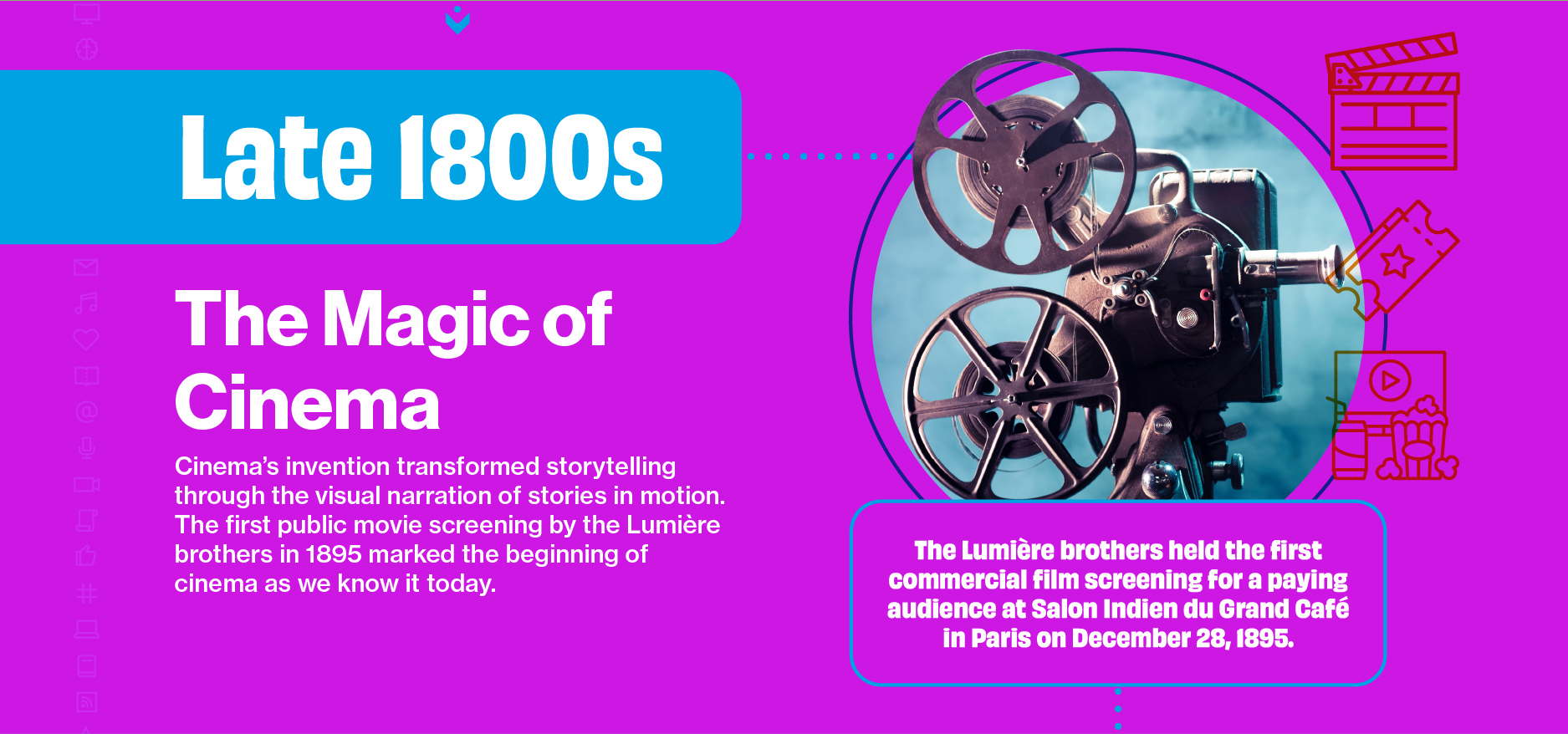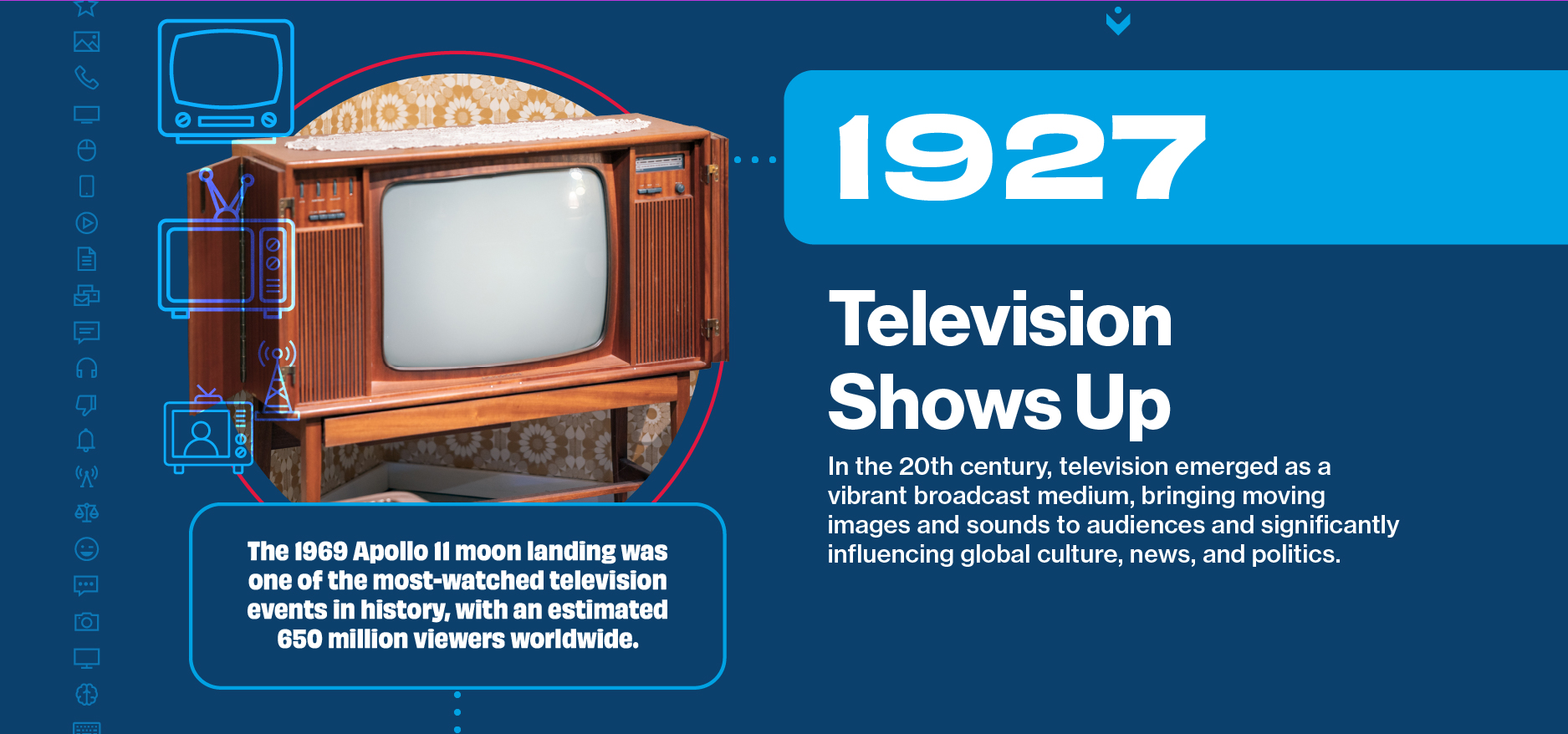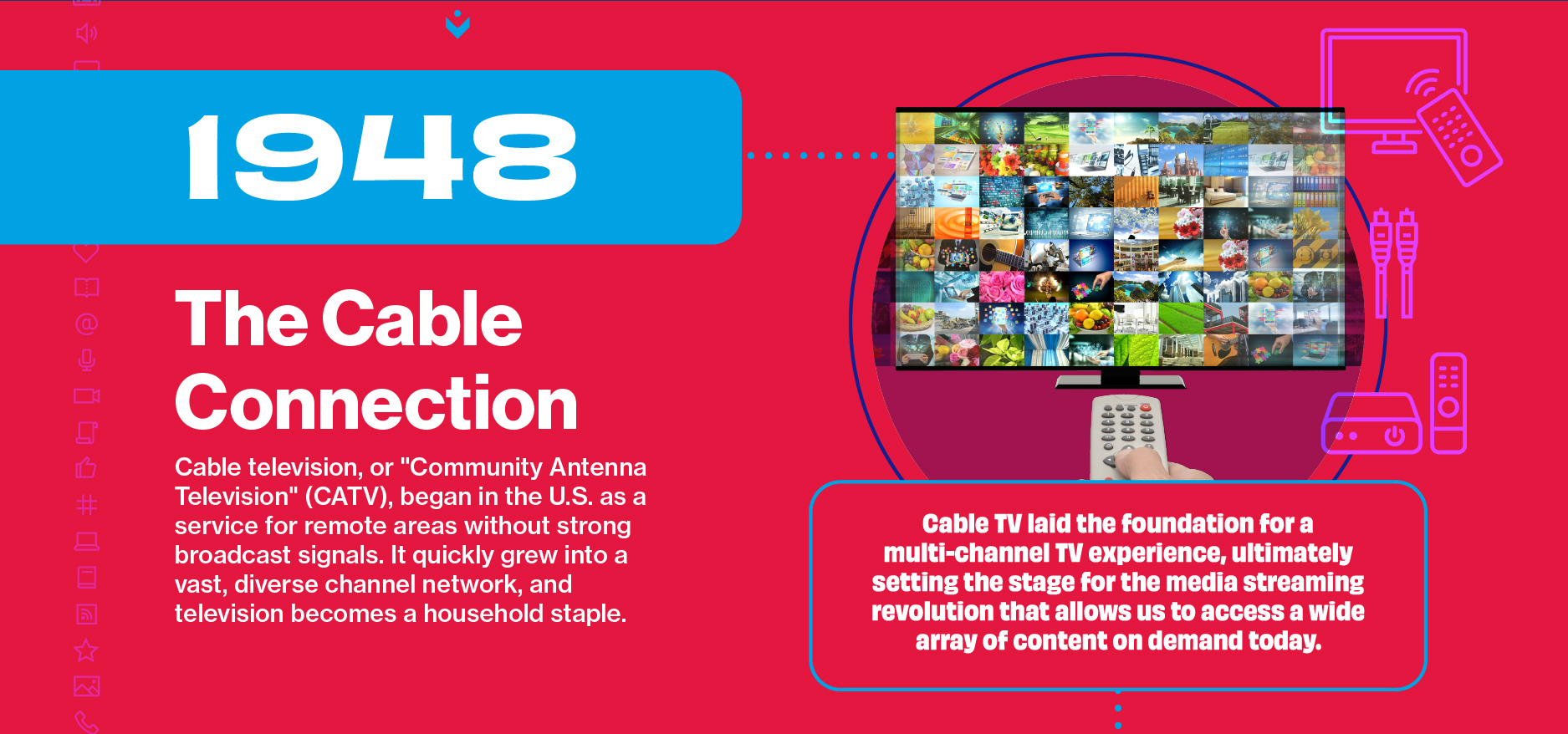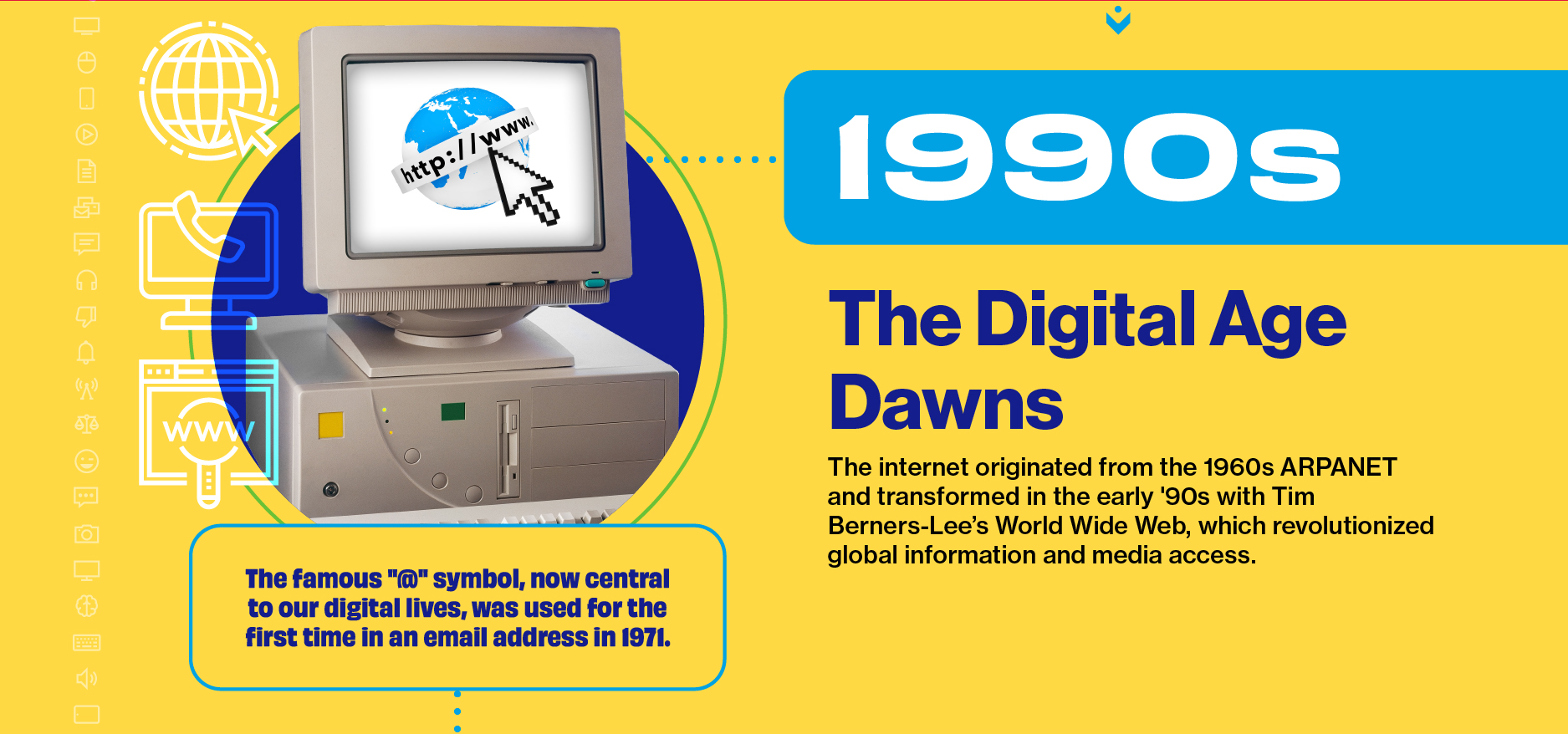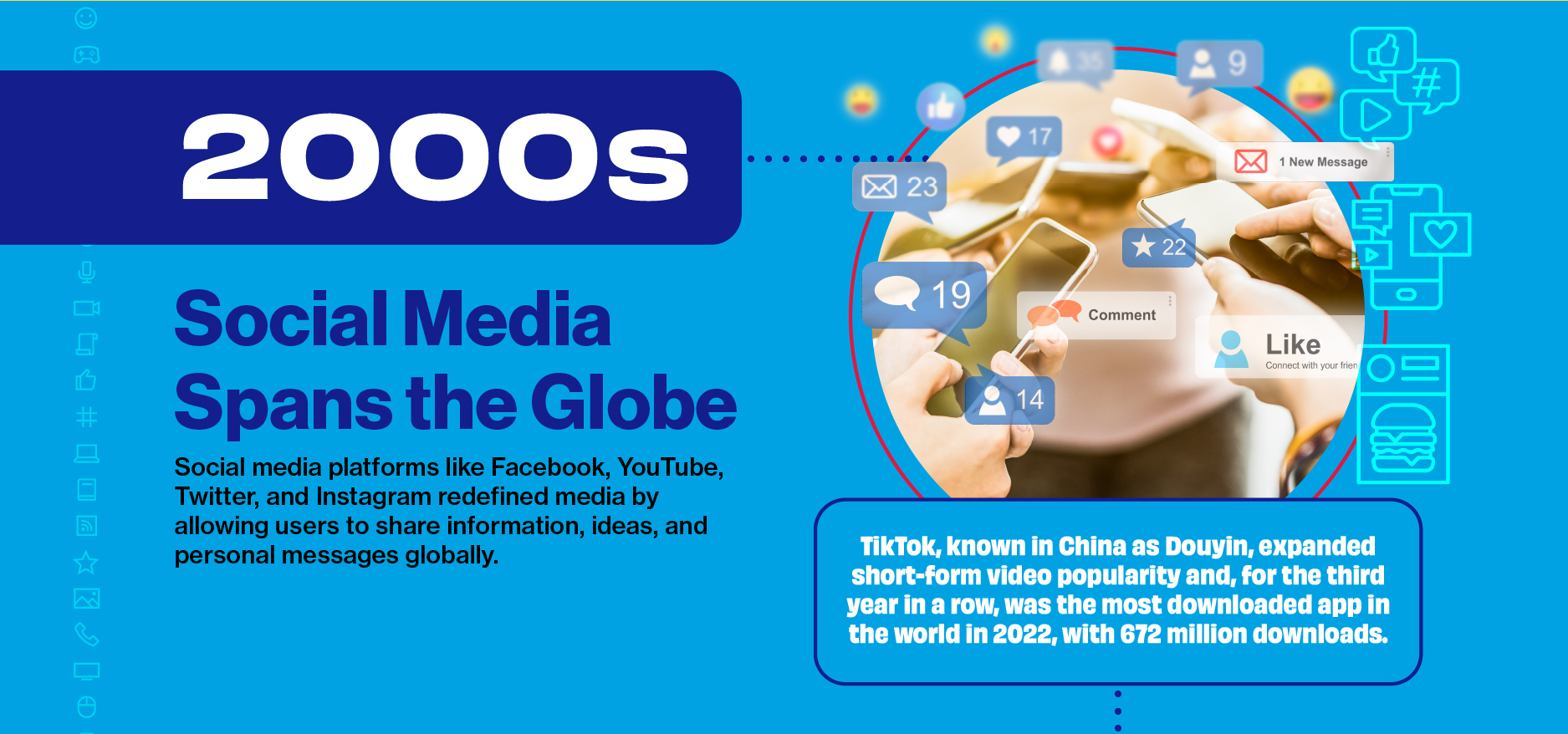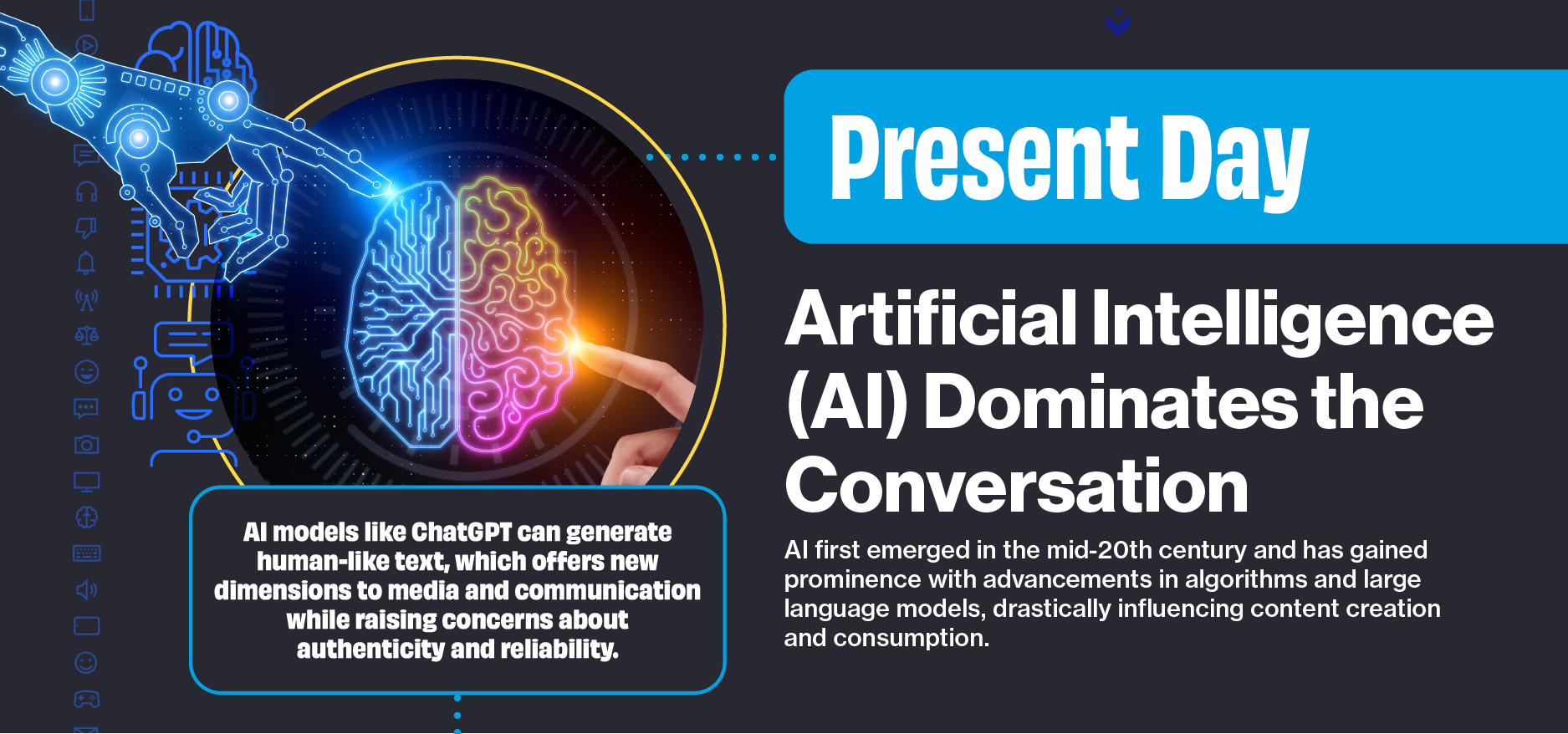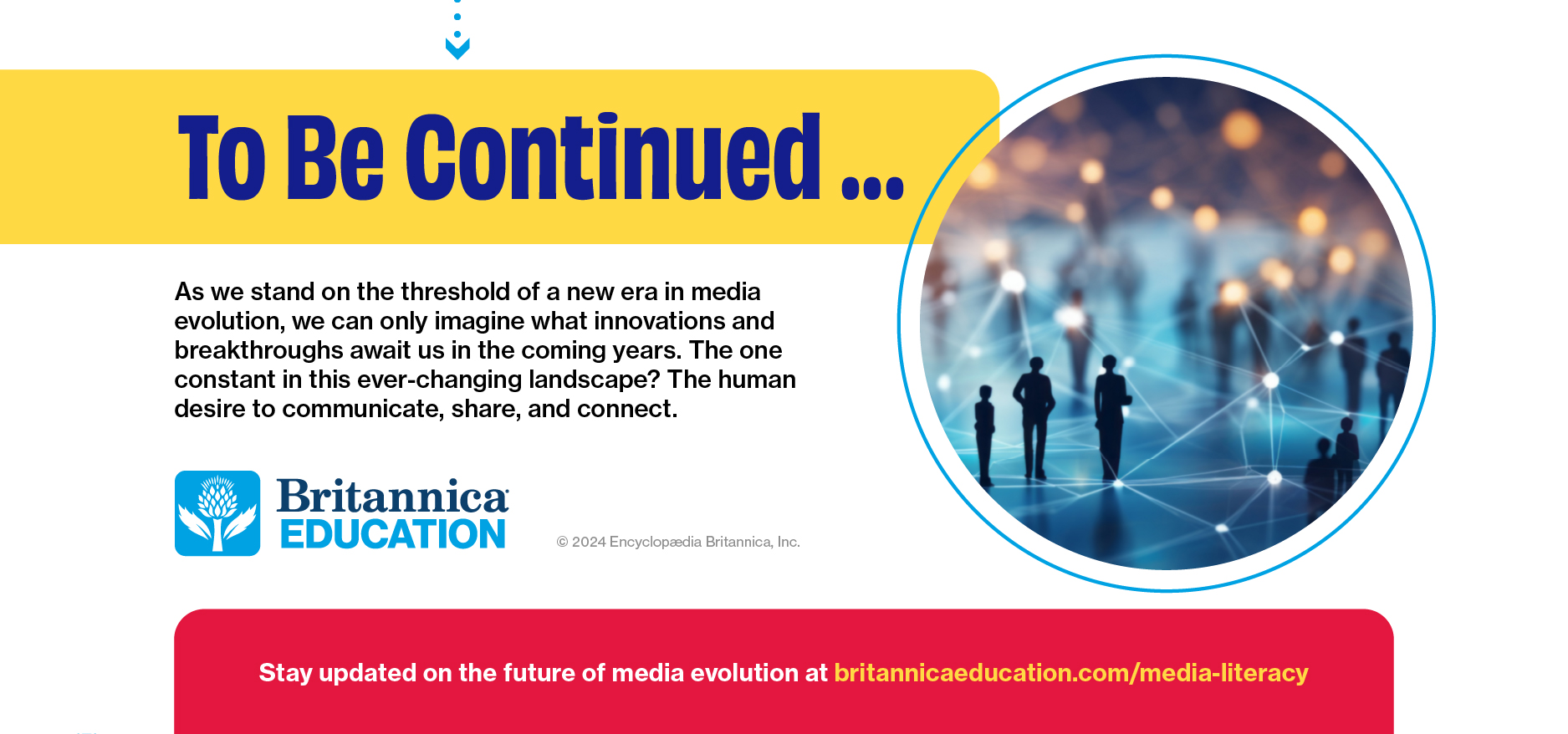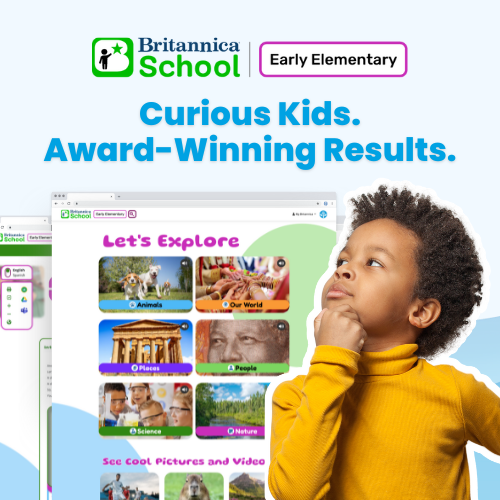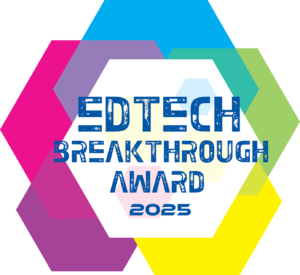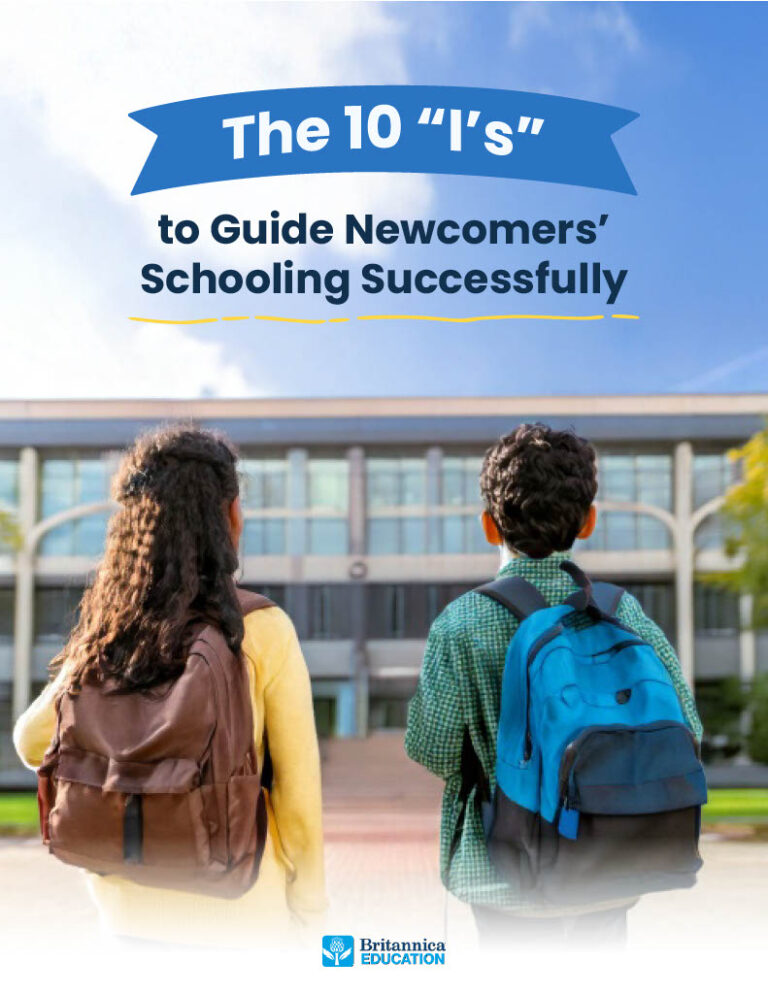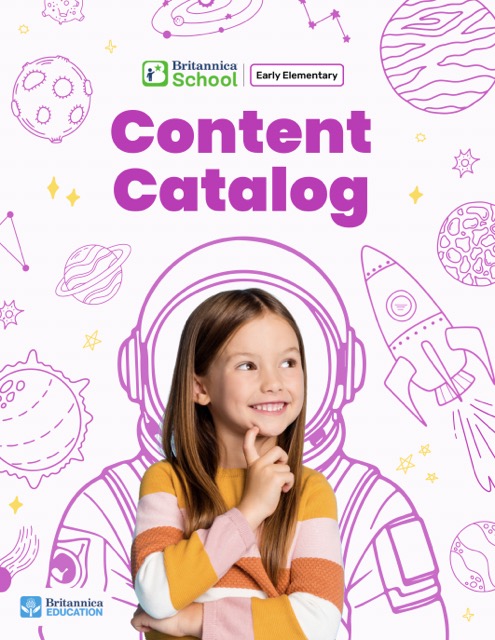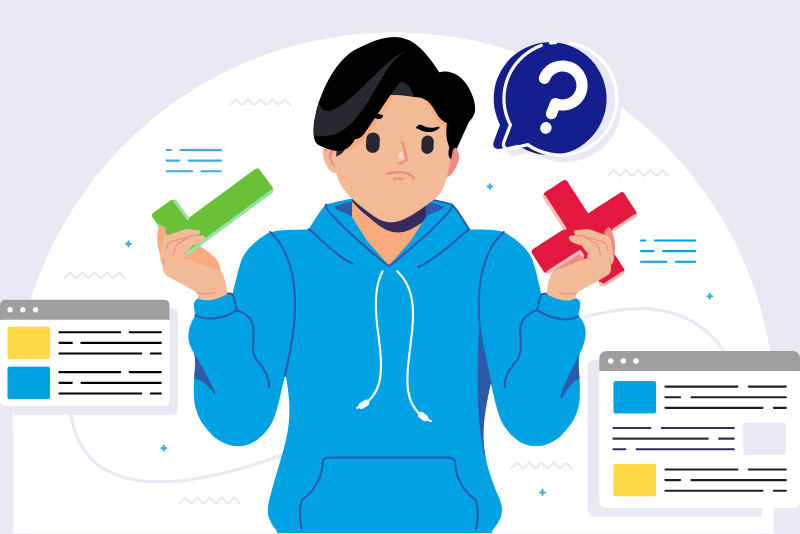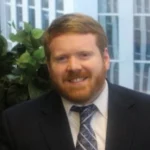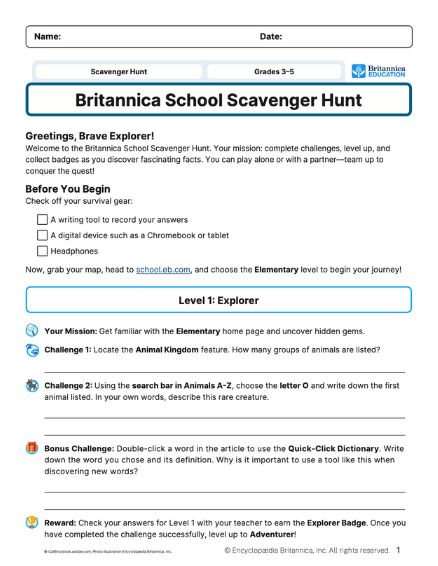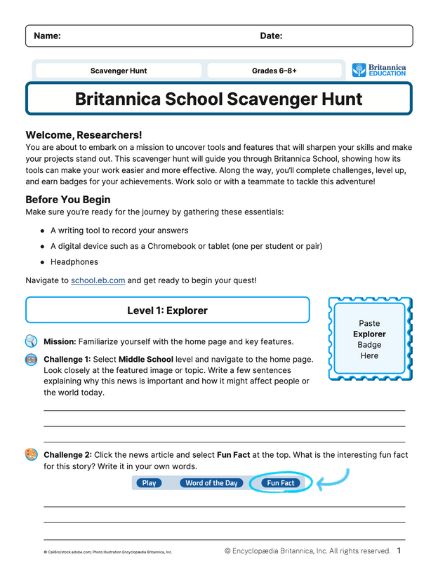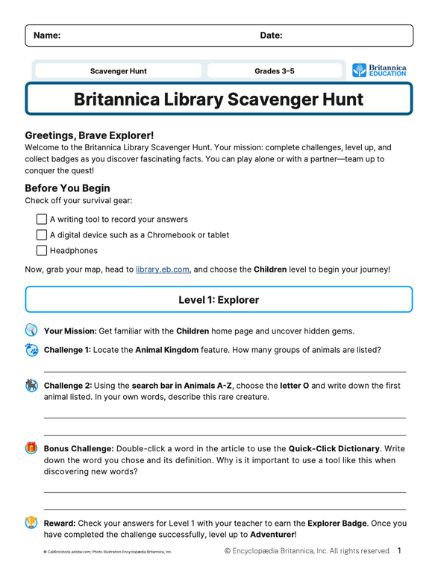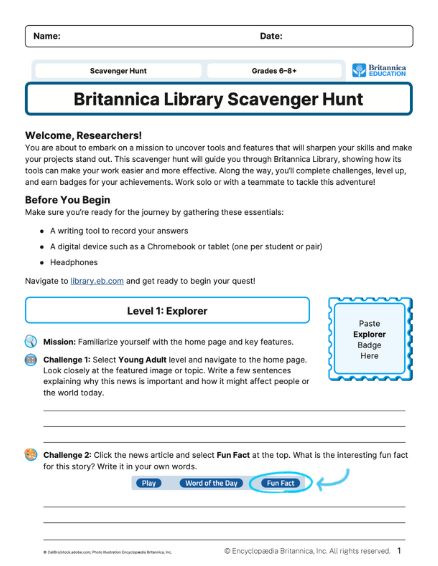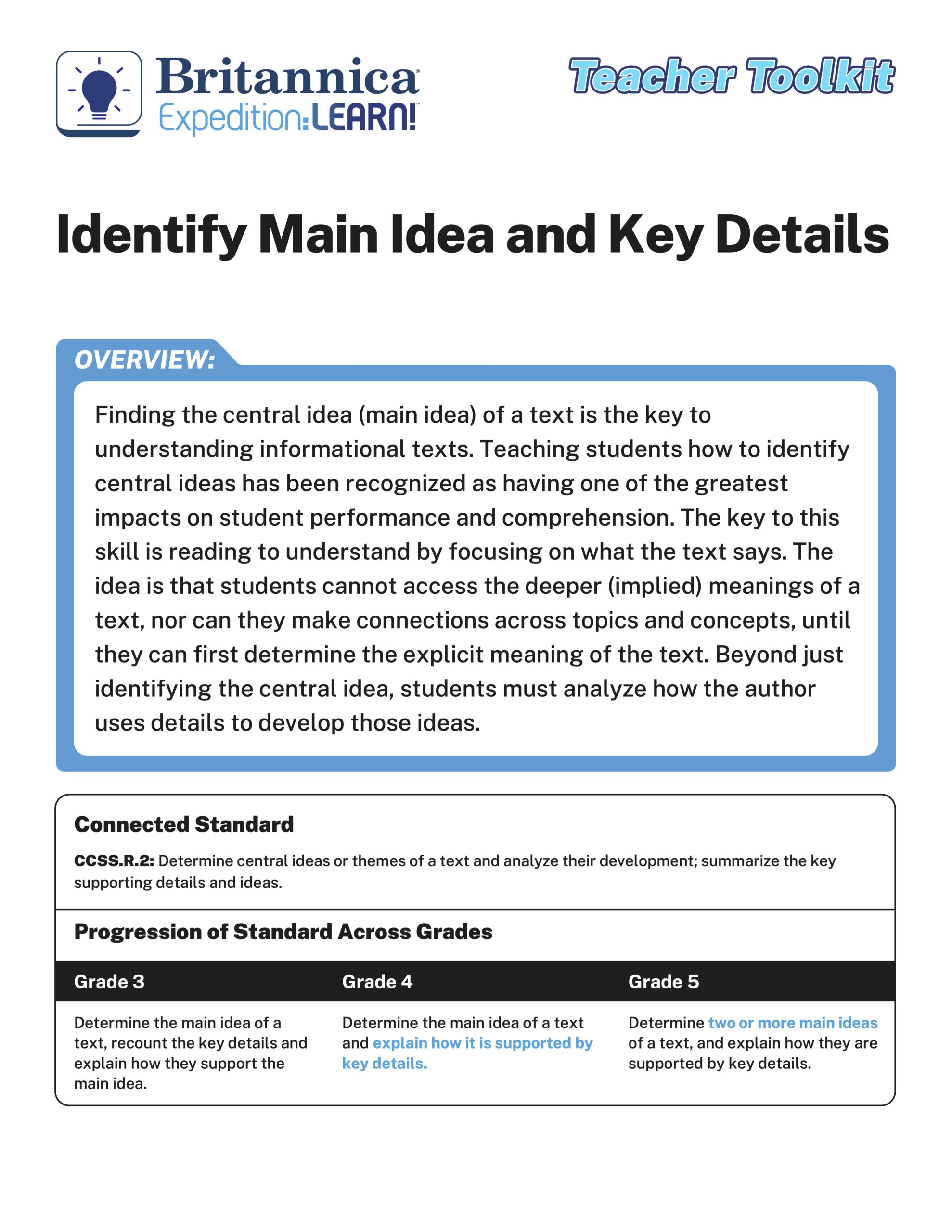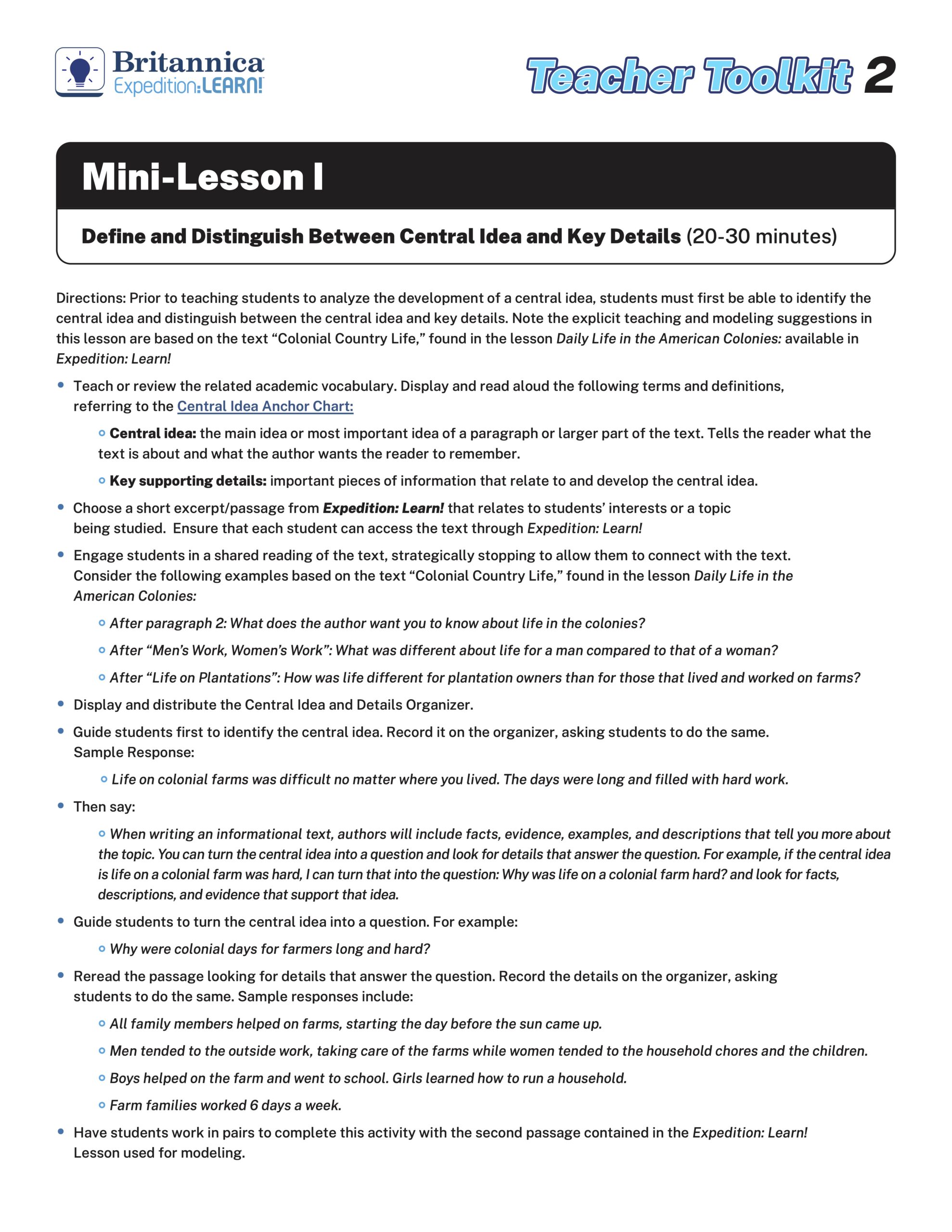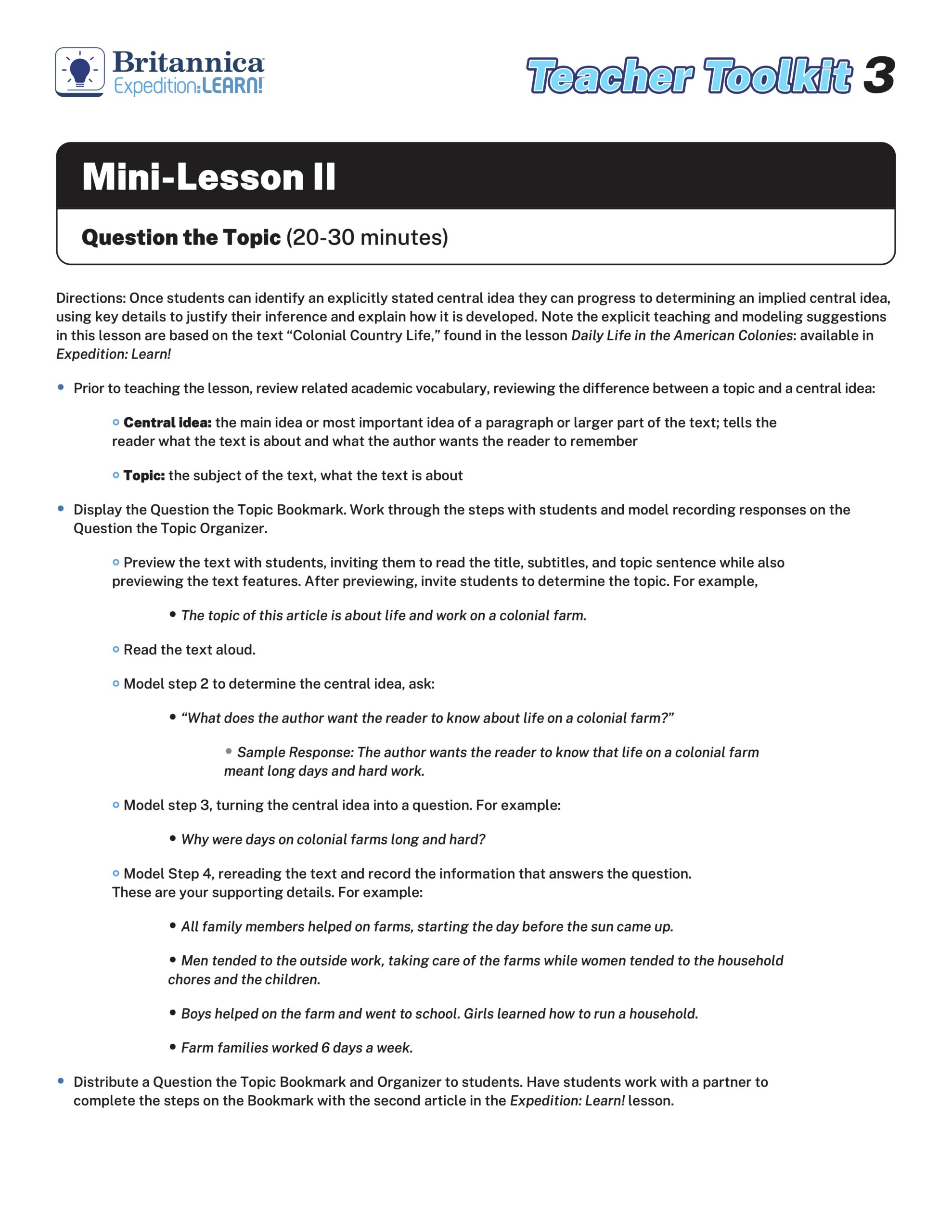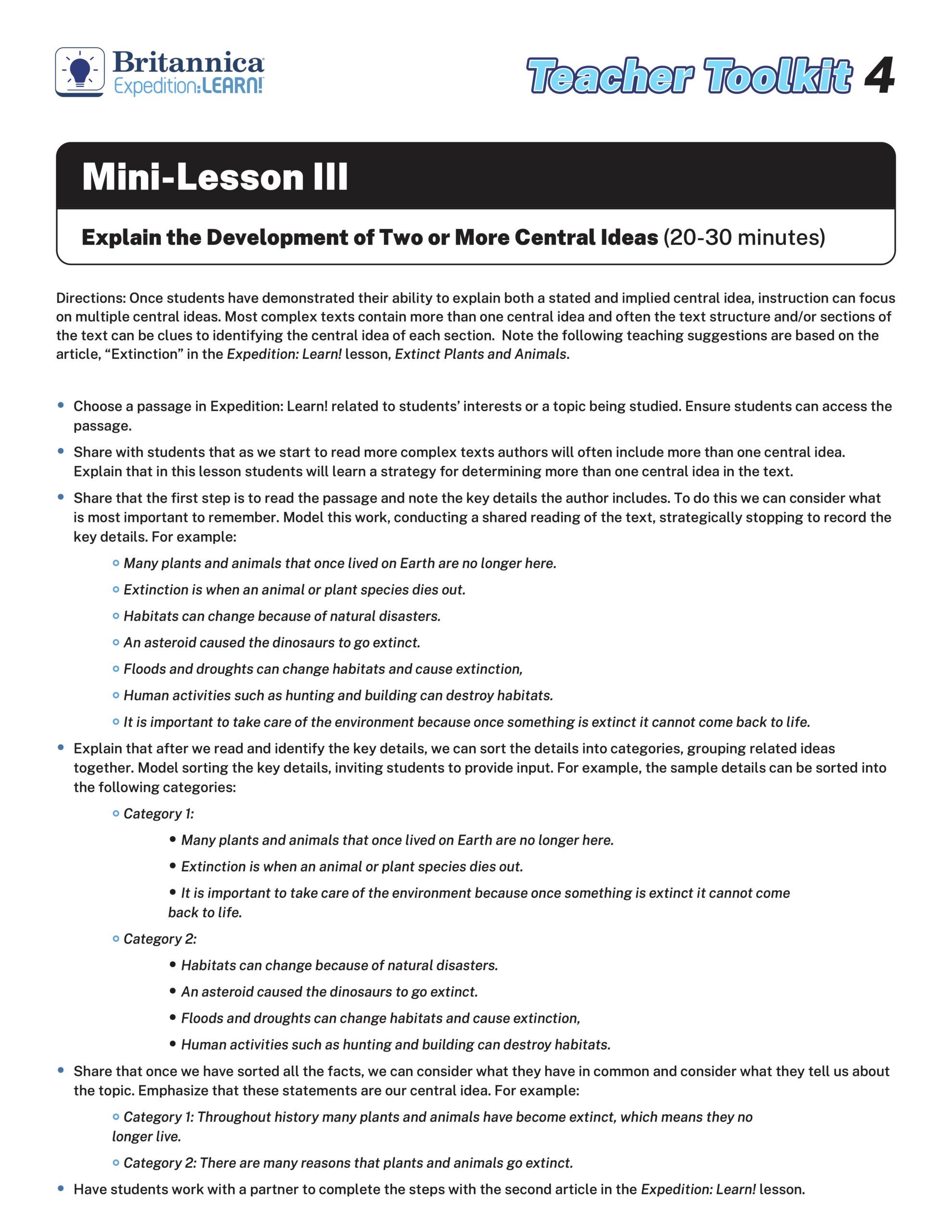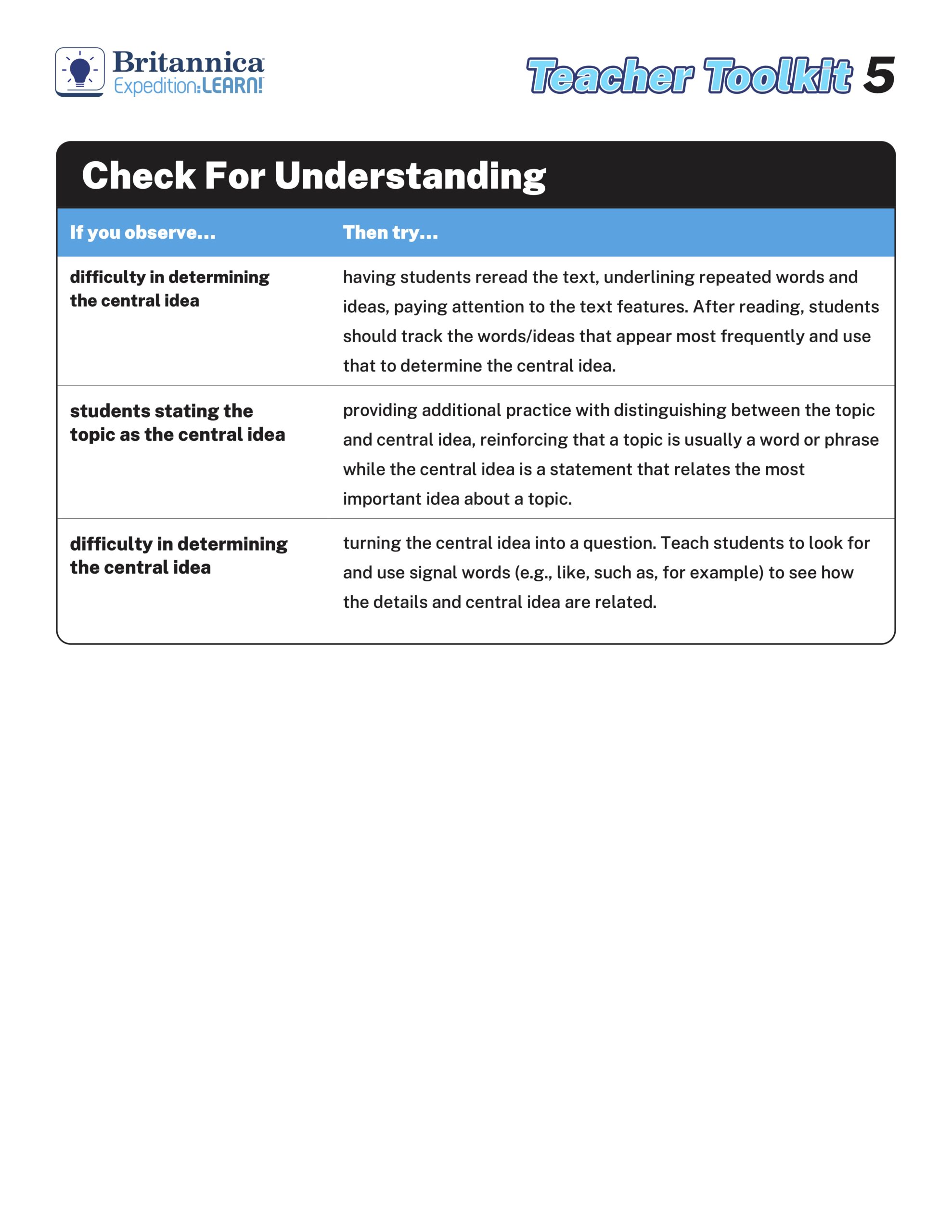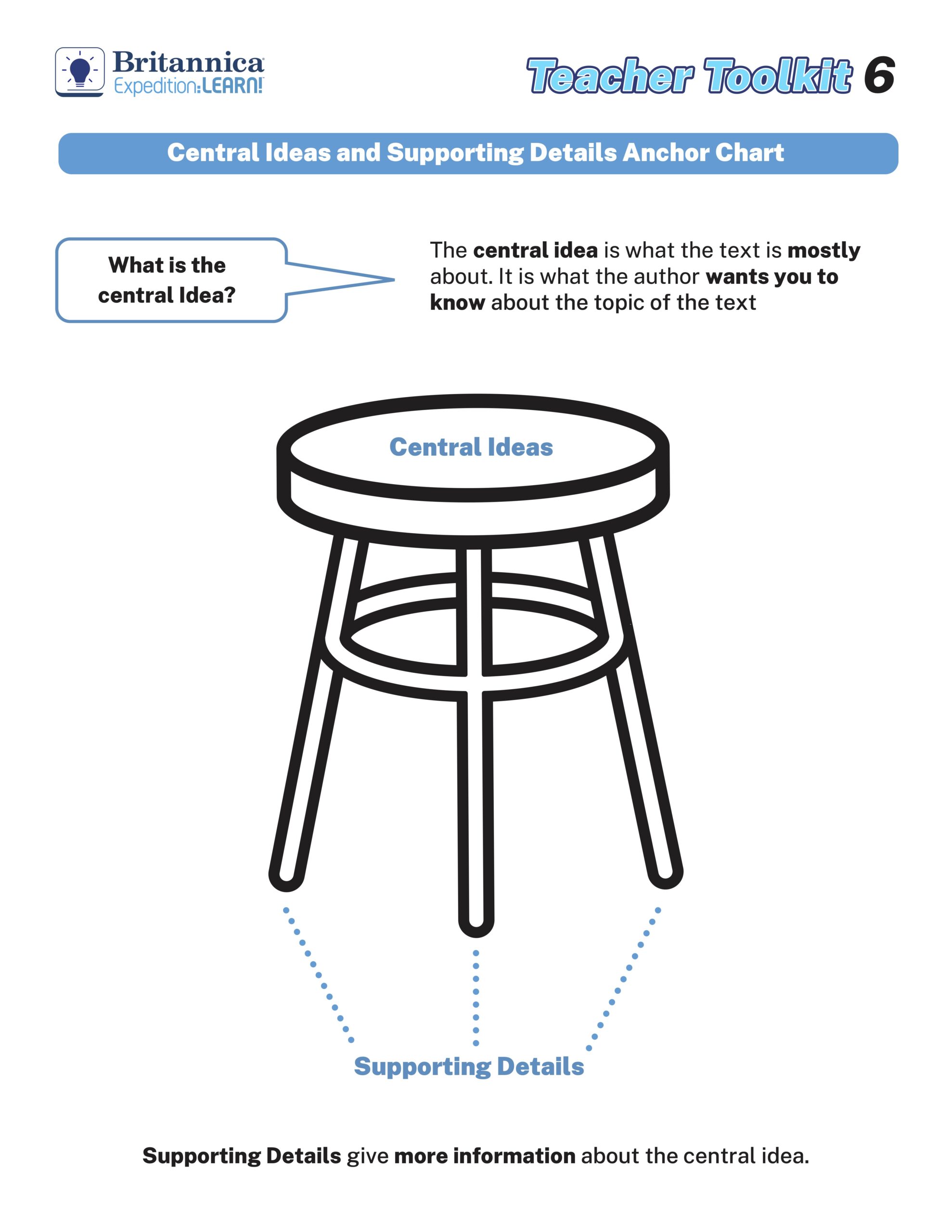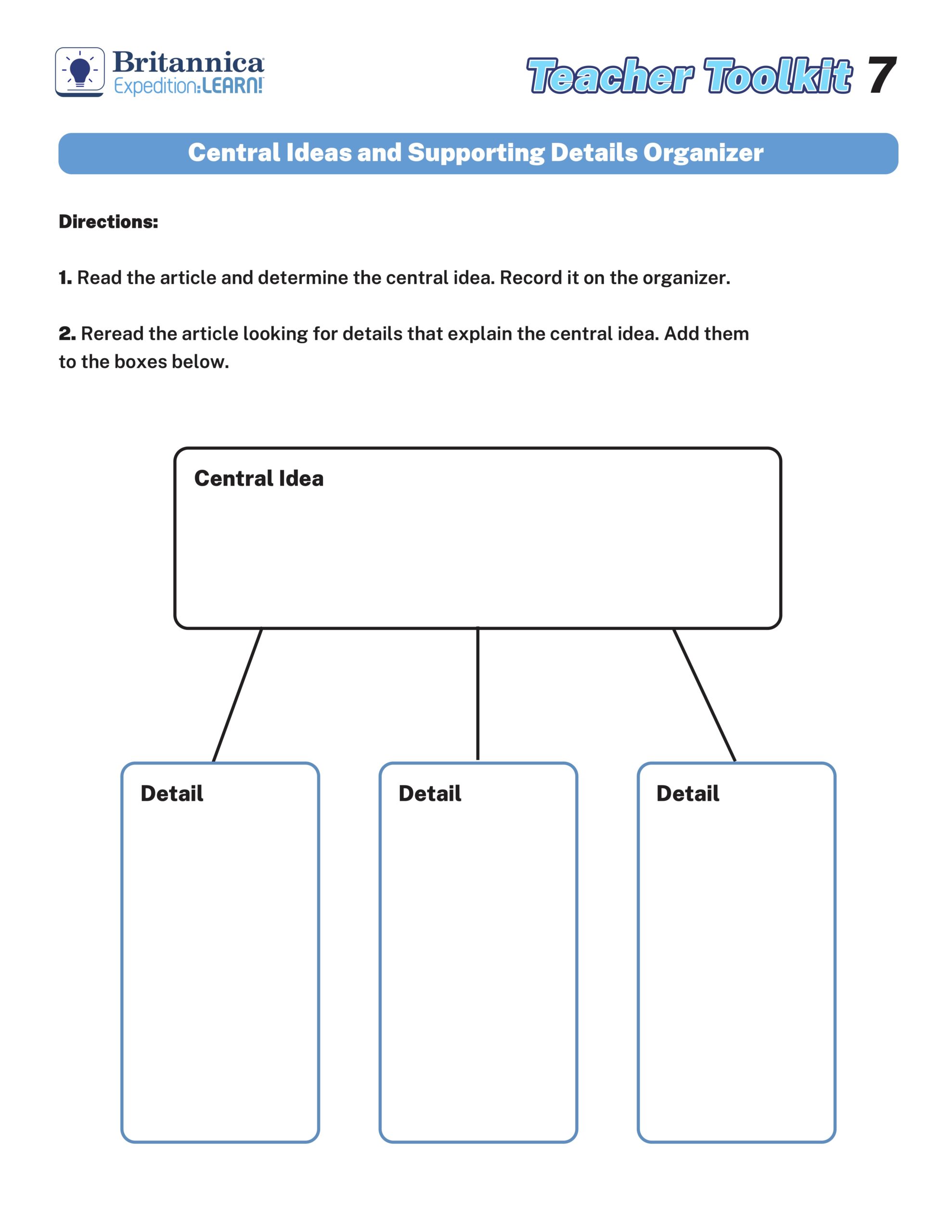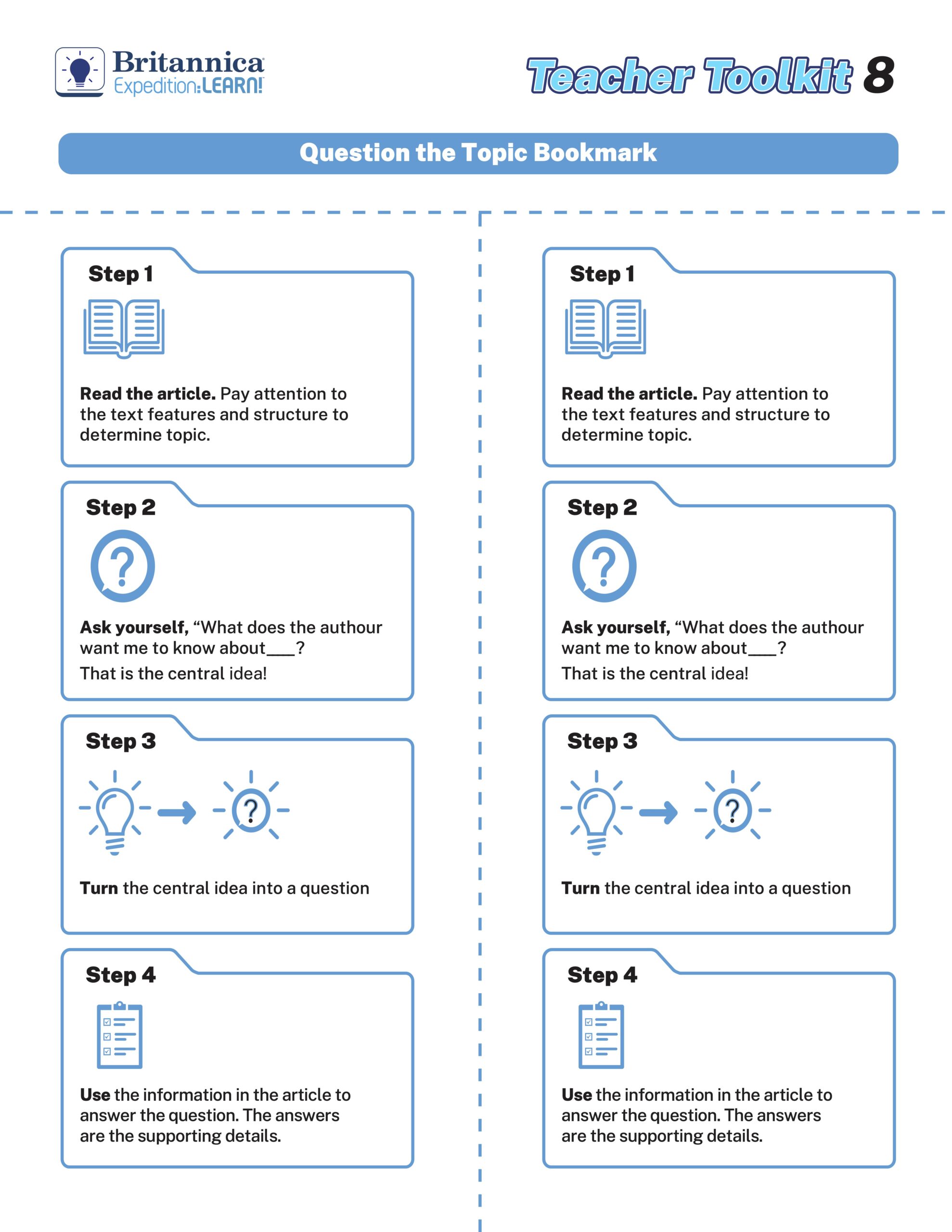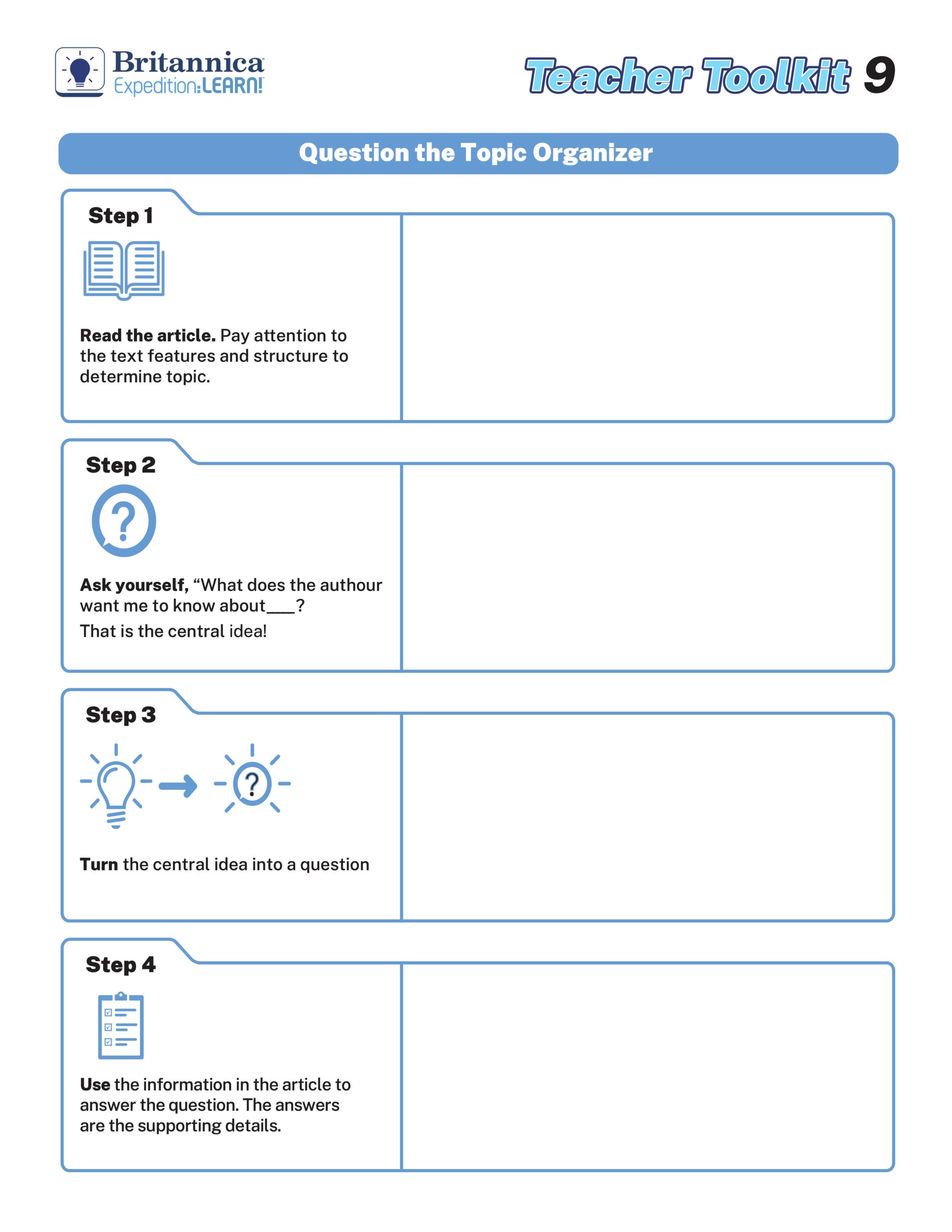From the Golden Age of Newspapers to the Dynamic World of TikTok
Step back into the golden age of newspapers, what now seems a bygone era, a time when the morning ritual wasn’t complete without the rustling of pages and the familiar smell of fresh ink. Newspapers weren’t just publications; they were the primary source of information for the masses. The rich press heritage evolved over the centuries and laid much of the foundation of news media as we know it today.
But as all things do, the media landscape evolved. The transition from paper to screens, from in-depth articles to short, punchy videos, from classifieds to targeted AI-powered advertisements, has been nothing short of revolutionary. This transformation ushered in dynamic digital platforms like TikTok, characterized by their short video format and a mass amount of user-generated content.
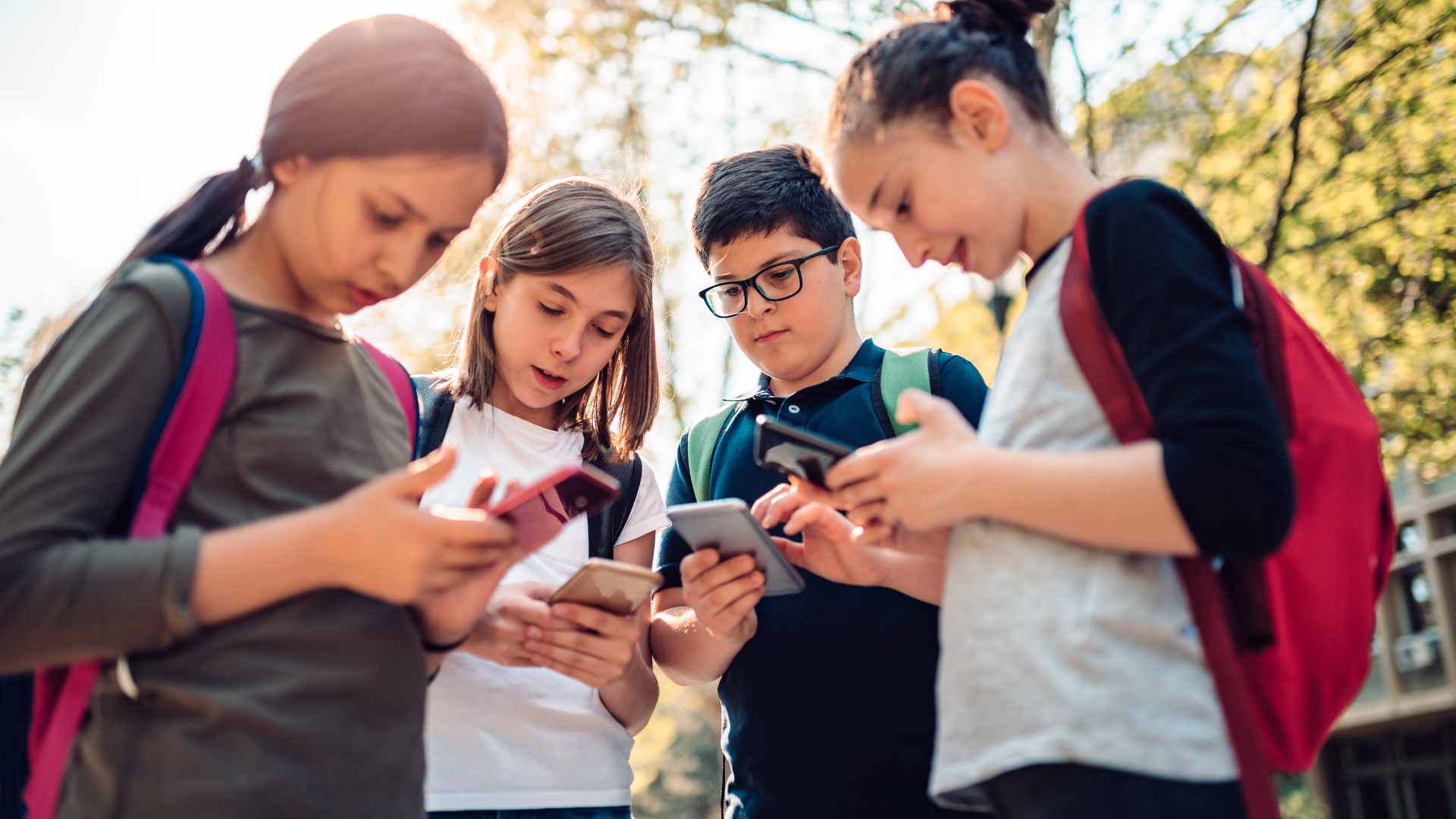
The immediacy and global reach of modern platforms stand in stark contrast to the slower, more methodical pace of newspaper distribution. The fact that a single tweet or video can circumnavigate the globe in seconds makes clear that we are in the midst of a media revolution.
Evolving technologies have created an unprecedented change in how we consume and distribute information. While mainstream media was once the principal architects of public opinion, and still shapes perceptions in many ways, the rise of social channels has become the leading purveyor of information.
Media Evolution Timeline
To better appreciate the magnitude of this transformation, let’s examine media milestones in the modern age. While newspapers were certainly not the first form of mass media, and TikTok will surely not be the last, we have consolidated a rather extensive history into many of the most consequential advancements.
Our Media Evolution Timeline, compiled with insights from Encyclopedia Britannica, guides us through this journey.
A Rising Pace of Change
The emergence of radio and television reshaped entertainment and news broadcasting, bringing stories and voices into living rooms worldwide. A few decades later, the internet forever changed how we access and disseminate information. Then, the rise of social media platforms like Facebook, Twitter, and Instagram in the early 2000s further accelerated the pace of change.
 Statista
Statista
In many ways, this was only the beginning. Today’s advancements in technology, including generative AI, new social platforms, and endless digital content stream, change almost daily, reshaping our understanding of media dependence and interaction.
Traverse the Education Unknown
Media’s evolution has had a profound impact on global societies, including in the educational realm, with implications for both students and educators.
Students: With an endless information stream at their fingertips, young learners face both an empowering asset and a daunting challenge. The skill to distinguish reliable information from misinformation has become a critical part of their digital toolkit. To aid in this endeavor, initiatives like MediaWise from the Poynter Institute aim to teach students to discern fact from fiction online. They leverage platforms, including TikTok, to impart tools and techniques for becoming discerning consumers of news and information.
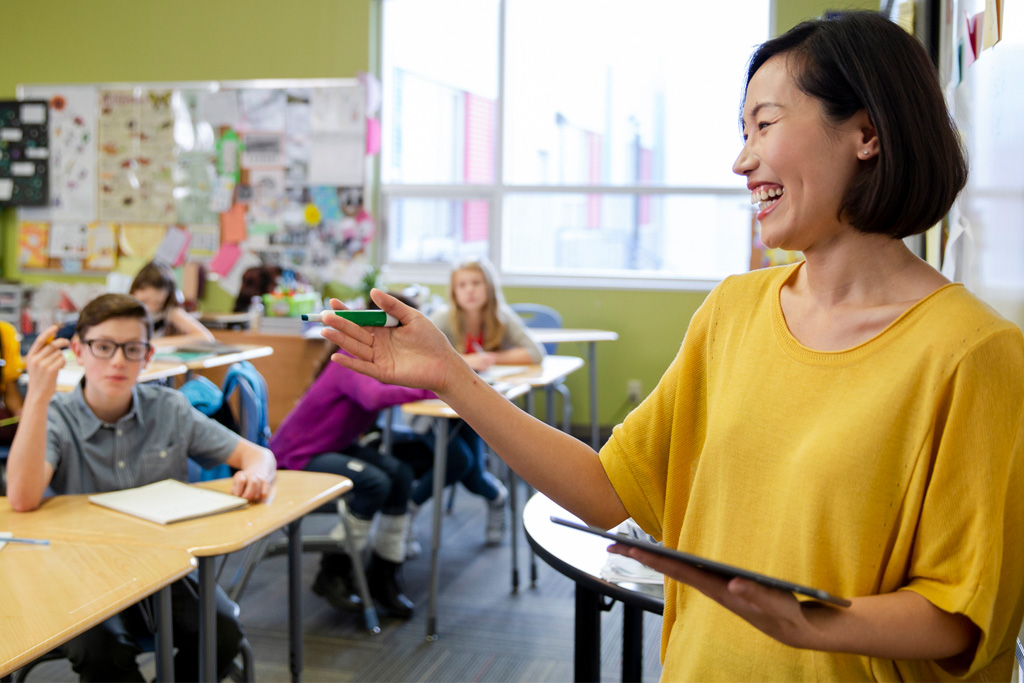
Educators: Though it can be challenging to keep pace with rapidly evolving platforms, educators must rise to the occasion. Incorporating media literacy into curriculums is no longer optional but necessary to prepare students for an evolving digital world. Platforms like YouTube, often used for entertainment, also hold potential for educational innovation.
For example, Chris Ulmer, a former special education teacher and founder of Special Books by Special Kids, effectively utilizes YouTube to raise awareness about neurodiverse students. Through his channel, he shares in-depth interviews with these students, offering them a voice and educating a global audience about their experiences.

The odyssey from newspapers to TikTok is a testament to the media’s unstoppable change. The information terrain will undoubtedly continue to shift, requiring our methods of engaging with, understanding, and teaching information literacy to evolve with it. As we collectively brace ourselves for the media future that continues to unfold, we can hold onto the lessons of the past and recognize the many remarkable ways each media era has shaped the tapestry of our collective history.
We’re curious: How do you see the future of media evolving? We invite you to share your thoughts and predictions with us on social media @britannica_edu. Let’s explore the future of media together.
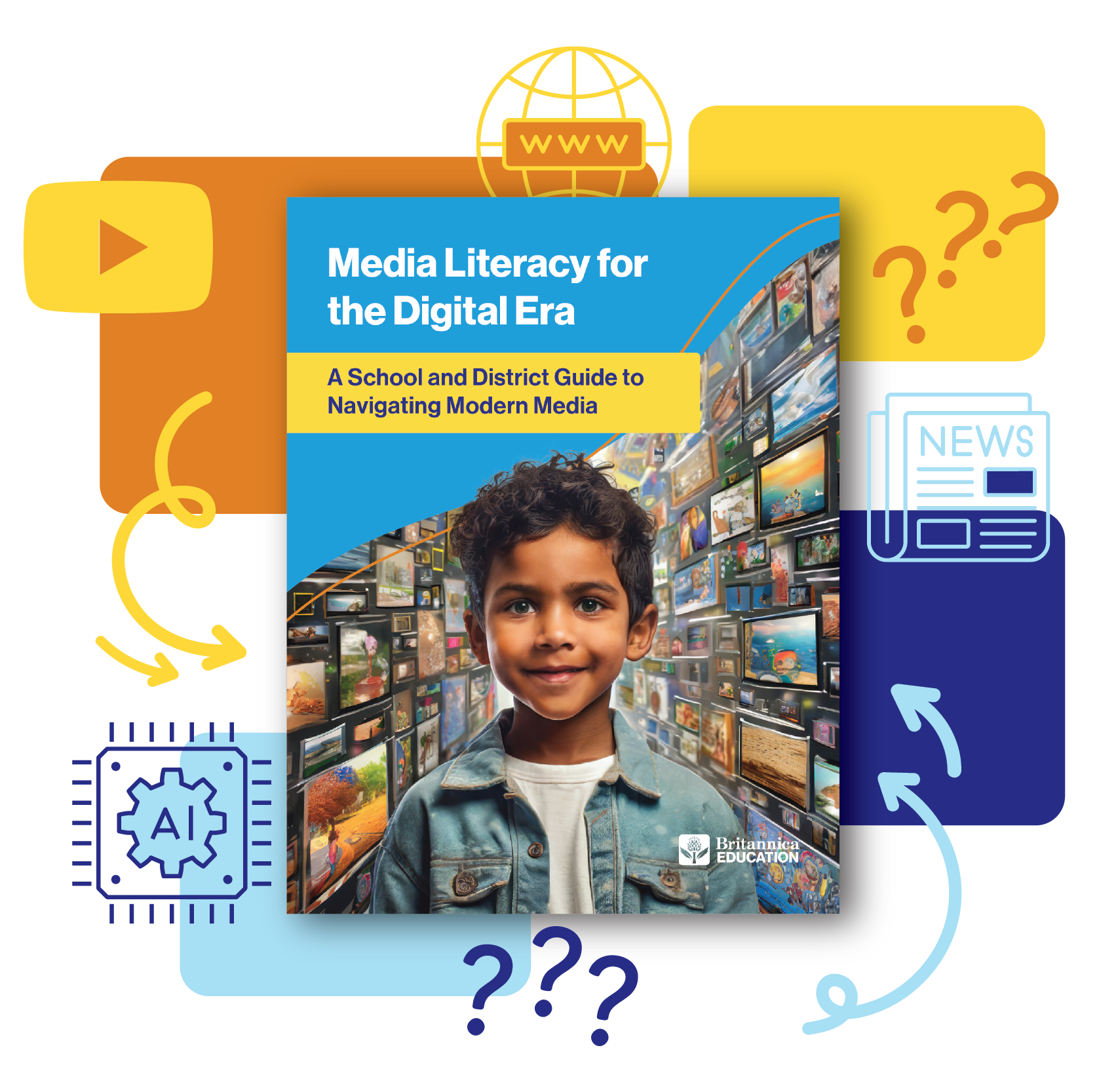
Step confidently into this new media world with our comprehensive Media Literacy Guide. Explore the intricacies of various platforms, learn to discern credible sources, and arm yourself with the essential tools for media literacy in this ever-changing landscape.


